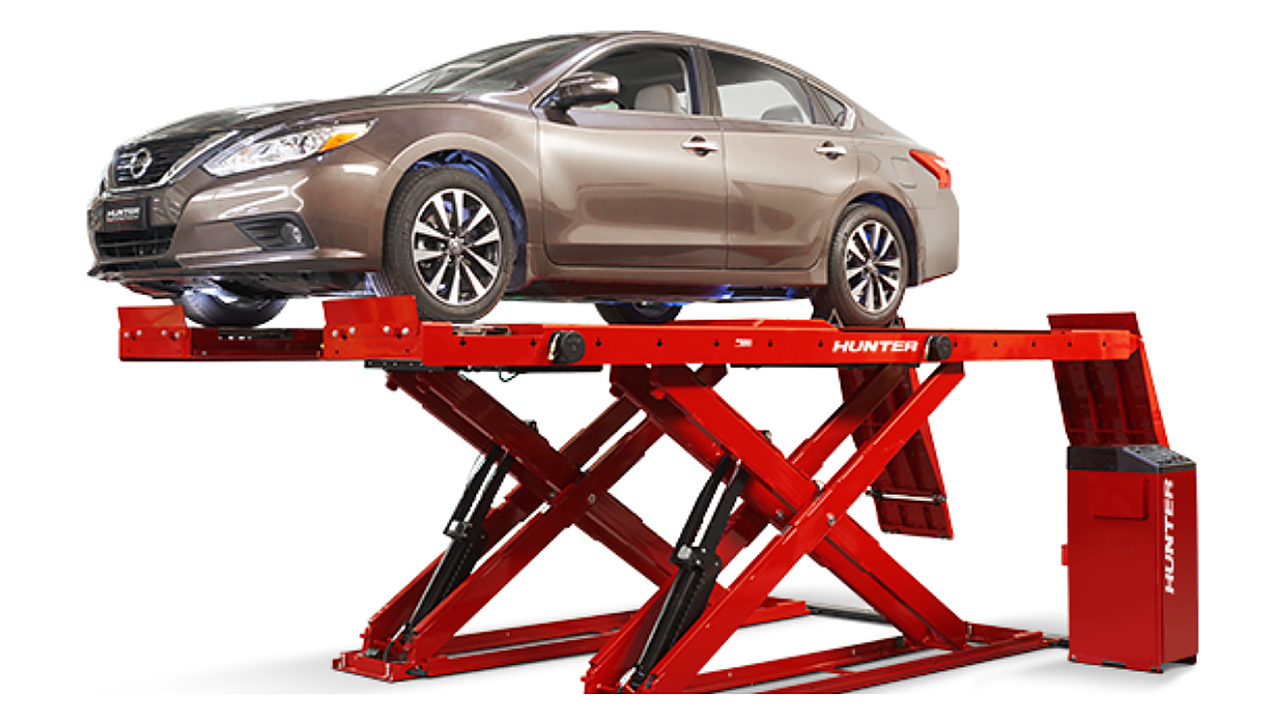
The surge in automobile production, the trend of vehicle customisation, and the increase in stringent workplace safety regulations drive the growth of the global automotive scissor lift market, witnessing a CAGR of 6.6% from 2021 to 2030.
According to Allied Market Research's recent report - Automotive Scissor Lift Market by vehicle type, product, lifting capacity and rise level - Global Opportunity Analysis and Industry Forecast, 2021–2030, the global automotive scissor lift industry generated $ 205.4 million in 2020 and is estimated to generate $386.3 million by 2030.
However, high initial investments and a rise in safety issues related to scissor lifts hinder the market growth. On the other hand, untapped developing markets such as Africa and Asia-Pacific and increased automobile maintenance and repair activities create new opportunities in the coming years, the report said.
The leading players in this space include ARI-HETRA, BendPak, Challenger Lifts, EAE Automotive Equipment, Hunter Engineering, MAHA, Nussbaum Custom Lifts, PEAK, Ravaglioli and Rotary Lift.
Production activities in the automotive sector were stopped entirely or partially due to lockdown measures and lack of workforce in factories. This, in turn, affected the demand for automotive scissor lifts in the production factories.
The demand for automotive scissor lifts reduced further as the repair and maintenance activities of vehicles slowed down. In addition, the lockdown measures resulted in reduced usage of vehicles, thereby lowering the need for maintenance and repairs.
The demand would be restored during the post-lockdown as the daily operations in the automotive sector begin, and the commuting through private vehicles restart.
The passenger cars segment to continue its lead position during the forecast period, the report said. Based on vehicle type, the passenger cars segment accounted for the highest share in 2020, holding around four-fifths of the global automotive scissor lift market, and is estimated to continue its lead position during the forecast period. It is due to its vital role in the transportation industry. However, the heavy commercial vehicles segment is expected to manifest the highest CAGR of 9.6% from 2021 to 2030. It is attributed to the rise in demand for safety features in vehicles and stringent government regulations worldwide.
Hydraulic Scissor Lift
The research company said that the hydraulic scissor lift segment is anticipated to maintain its leadership status during the forecast period. Based on product type, the hydraulic scissor lift segment held the largest share in 2020, contributing to nearly three-fourths of the global automotive scissor lift market, and is projected to maintain its leadership status during the forecast period. Moreover, this segment is estimated to portray the fastest CAGR of 7.1% from 2021 to 2030. This is due to numerous advantages such as fewer moving parts that make them safer and more economical to use than other lifts and ease of control. The report also analyses the pneumatic scissor lift segment.
Based on region, Europe, followed by Asia-Pacific and North America, contributed to the highest market share in 2020, holding more than two-fifths of the global automotive scissor lift market, and is estimated to continue its leadership status by 2030. This is due to increased technological advancements and a surge in vehicle production across the region. However, LAMEA is projected to register the fastest CAGR of 9.2% during the forecast period due to the rise in the implementation of smart technologies in the region, the research firm said.
Courtesy: Allied Market Research. NB: Photo is representational; courtesy: Hunter Engineering.